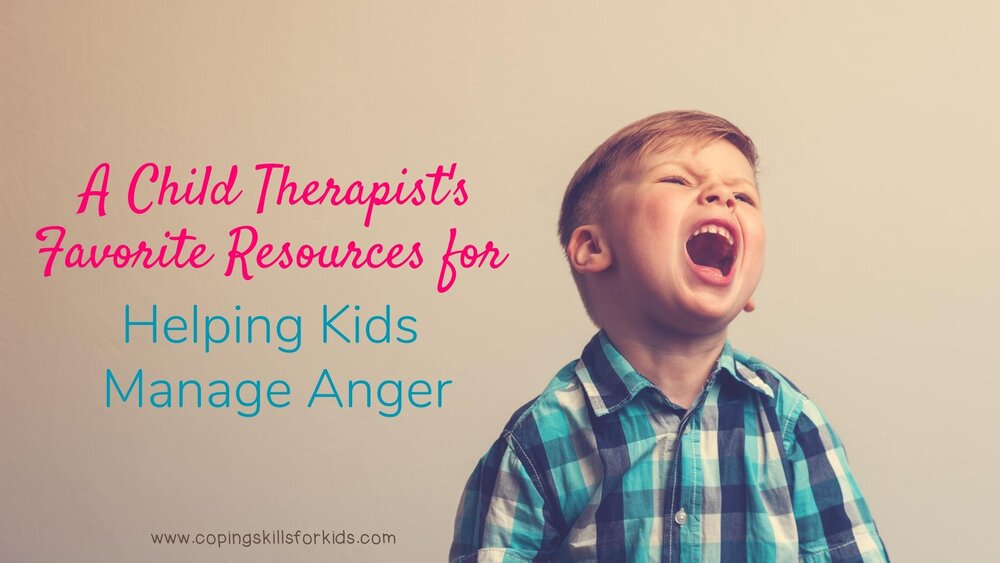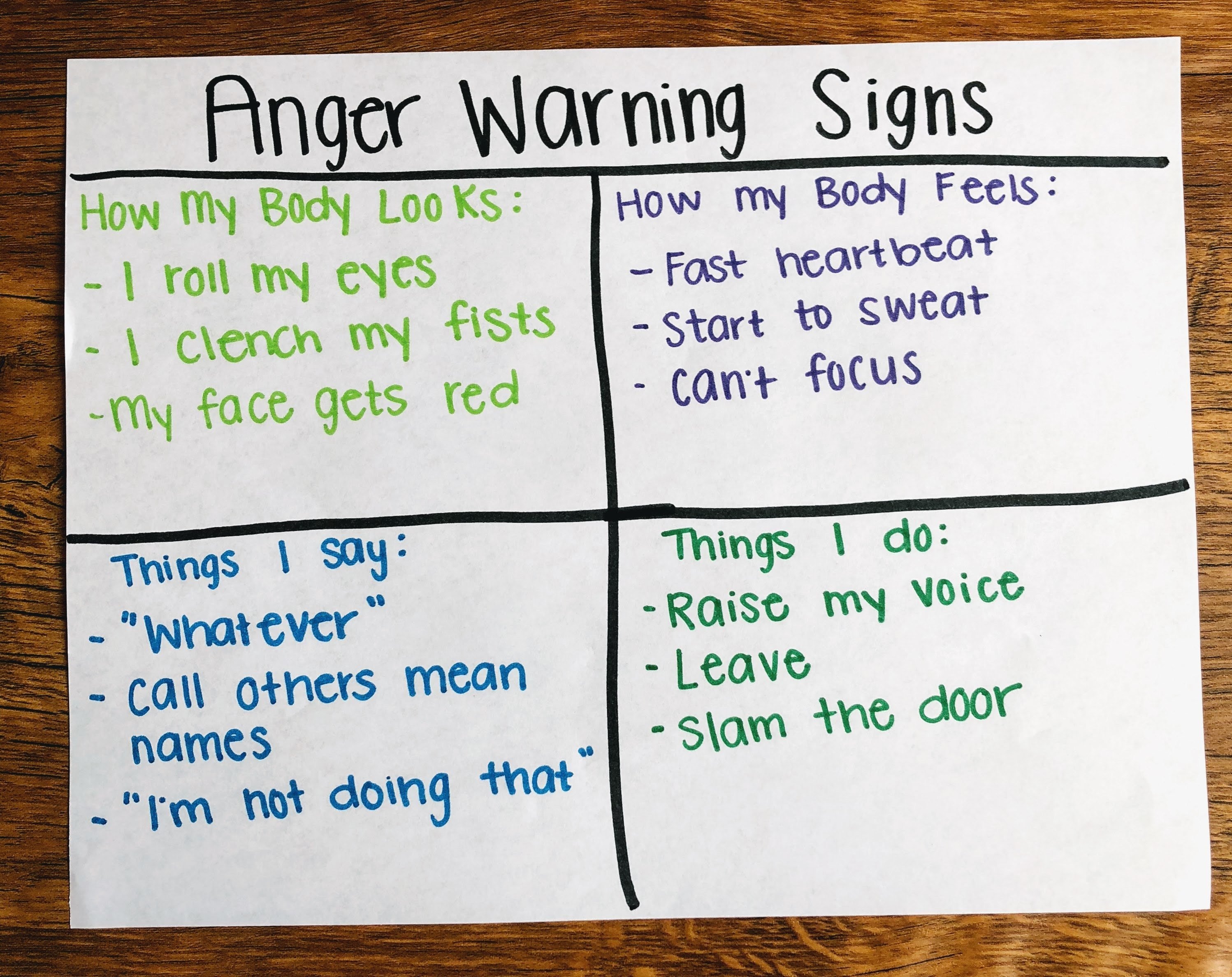Unique Tips About How To Teach Anger Management
/father-talking-to-little-boy-on-playground-920732910-54fae85423fc40c29fee6c0ec3801dfe.jpg)
The key is to find the one that works best for you.
How to teach anger management. Teachers are usually open to working out a plan to help a student learn to manage their anger, rather than disrupting class. The three main approaches are expressing, suppressing, and calming. Anger management — thinking before taking action and finding creative or physical outlets for anger.
Anger rules should center around behaving respectfully toward others. A little positive reinforcement can go a long way to teach them to manage anger. Always reward and praise a child for good behavior and for following the rules.
(give the students a few minutes to discuss and. The curriculum will include (at minimum) an overview of anger problems, an understanding of the nature of anger, anger management skills & concepts, utilization of anger log and the role of. Deep breathing is a popular relaxation technique that helps to control the symptoms of stress, anxiety, and anger.
State your concerns and needs clearly and directly, without hurting others or trying to control them. The skill is easy to learn, and provides near immediate relief from. A breathing exercise when you start to feel tense and angry, try to isolate yourself for 15 minutes and.
Avoid using recreational drugs and drinking too much alcohol, which can make you less. Get some exercise physical activity can help reduce stress that can cause. They involve the client and therapist working together to think through and.
Expressing your angry feelings in an assertive—not aggressive—manner is the healthiest way to express. Deep breathing breathing exercises are a core component of any. [1] deep breathing can help your child quell the physical feeling of.














:max_bytes(150000):strip_icc()/GettyImages-962642012-5c06e29646e0fb0001a1ed18.jpg)



